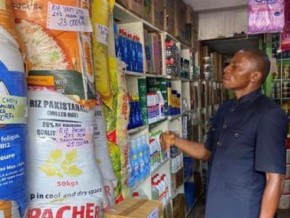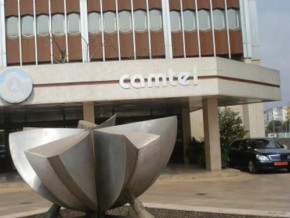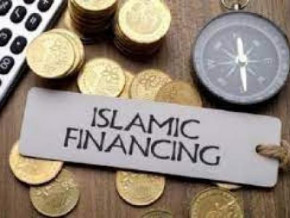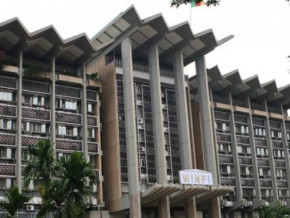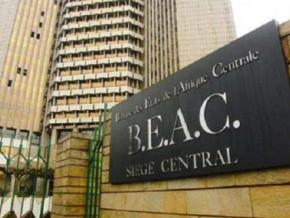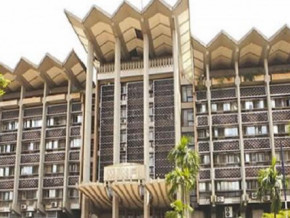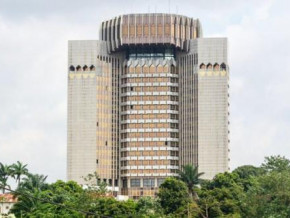
Cameroon: between 2010 and 2017, public investment budget reached highest level in 20 years
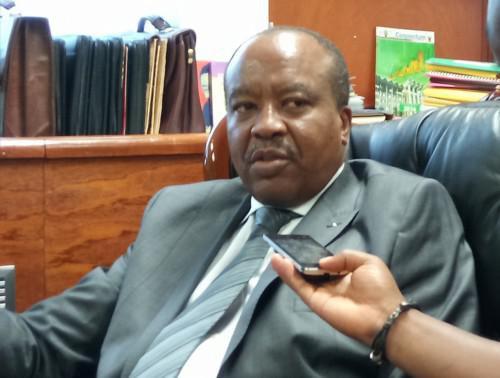
(Business in Cameroon) - Over the period 2010-2017, the budget for government investment in Cameroon has recorded its highest increase in the last two decades, due to the launch, from 2012, of certain major infrastructure projects planned in the Strategy Document for Growth and Employment (Document de Stratégie pour la Croissance et l’Emploi - DSCE) initiated in 2010.
Indeed, while remaining the big mammoth of the national government envelope, the Cameroonian operating budget is losing more and more of its blubber, to the benefit of the government investment budget (Budget d’Investissement Public - BIP). As proof, according to official statistics, although it only represented 18% of the national government budget in 2010, the BIP now peaks at 36% since 2016, an increase of close to 20% over a period of 7 years.
"In 2017, infrastructure represented 67% of the State investment budget, and it is the same proportion since 2010", points out Isaac Tamba, General Director of the Economy and Programming of Government Investment at the Ministry of Economy, Plan and Regional Planning (Ministère de l’Economie, de la Planification et de l’Aménagement du Territoire - MINEPAT). And continuing: "It is a proactive, deliberate option of the Cameroonian government to go in the direction of development of infrastructure to bridge the gaps that we have recorded during two decades of structural adjustment".
In detail, while it was only FCfa 677 billion in 2011, the BIP reached FCfa 792.2 billion in 2012 (28.28% of the overall budget), an increase of a little more than FCfa 115 billion. In 2013, out of a balanced budget in revenues and expenditures in the amount of FCfa 3,236 billion, the envelope allocated to public investment represented 29.57%, an amount of FCfa 957 billion in absolute value.
The vice of under-utilisation
From the year 2014, financial resources earmarked for public investment in Cameroon broke through, for the first time, the symbolic threshold of FCfa 1000 billion, as a result of the launch of the three-year Emergency Plan to reduce poverty and construction works linked to the organisation of the African Cup of Nations (AfCON) football competitions of 2016 and 2019. These resources reached FCfa 1246 billion in 2015 (representing 31.2% of the overall envelope), then FCfa 1525 billion in 2016, being 36% of the total budget.
However, in spite of this substantial position of BIP in the national budget envelope, its implementation on the ground does not always unfold smoothly. As is reflected in delays and other technical difficulties observed on certain major worksites (motorway projects, 2019 AfCON infrastructure, Mekin dam notably), as well as the implementation rate of the BIP during certain financial years. For example, at three months from the end of financial year 2014, the official scores revealed an implementation rate of the BIP of only 36% throughout the entire country.
Mais, depuis 2015, la sous-consommation du BIP semble s’être résorbée, et les taux de consommation atteignent désormais 90%, comme ce fut le cas à fin novembre 2015 et en fin d’année 2016. « C’est une performance inédite, qui traduit à suffisance l’efficacité de la batterie d’innovations engagées par le gouvernement. Notamment la mise à disposition rapide du journal des projets, la contraction des délais de démarrage de l’exécution du budget, l’appropriation optimale des procédures par tous les acteurs, ainsi que le renforcement des dispositifs de suivi de l’investissement public», se félicite-t-on au ministère de l’Economie.
But, since 2015, the under-utilisation of the BIP seems to have improved, and the utilisation rates now reach 90%, as was the case at end November 2015 and at the end of the year in 2016. "It is an unprecedented performance, which translates the adequacy of the effectiveness of the battery of innovations committed by the government. Notably the rapid availability of the journal of projects, the contraction in delays in the start of budget implementation, optimum appropriation of procedures by all the actors, as well as strengthening follow up arrangements of the public investment", the Ministry of Economy welcomed.
Brice R. Mbodiam
Mags frontpage
- Most read 7 days
- shared 1 month
- read 1 month




